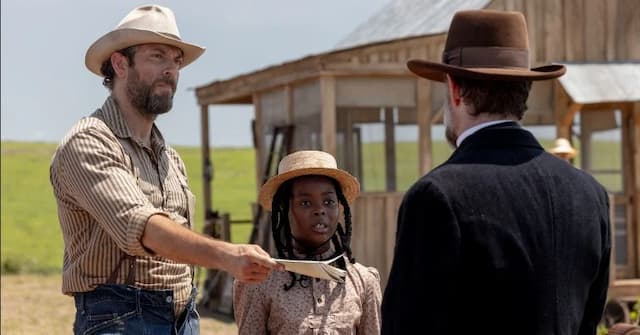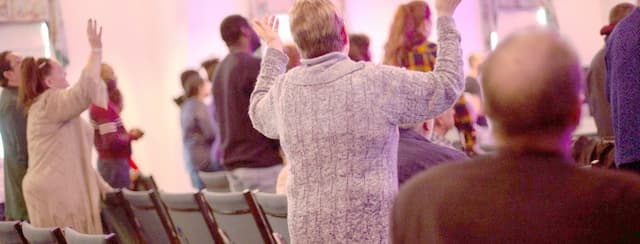Sepphoris, Cana, Nazareth, Mt Tabor
Visit the hills of Galilee with us.

Pilgrims like us have been visiting Galilee for so long, that all sorts of traditions have developed. Based on the New Testament, we have no idea who Mary’s mother was, or where she came from. We don’t know where the angel spoke to Mary: the tradition that it was by the well probably reflects an expectation that that’s what women did. There’s a long-standing tradition that Mount Tabor was the “high mountain” where Jesus was transfigured (Mark 9:2) but that’s unlikely: there was a Roman garrison stationed on top of that mountain in the first century. The Gospels just weren’t that specific about these details. Southwest of Tabor is Nain where Jesus raised a widow’s son back to life (Luke 7:11-17).
Jesus’ first miracle was providing wine for an embarrassed couple at Cana (John 2:1-12). Six stone jars, each holding 75–115 litres equates to 600–900 bottles of wine! That’s quite a party! The groom was responsible for the wine, but why did Jesus tell his Mother that his time hadn’t come yet (2:4)? Jesus also healed the son of a royal official here (John 4:46-54). It was Nathanael’s home (John 21:2).
Sepphoris was only 5 km from Nazareth, and Herod was rebuilding it during the AD 20s so there would have been plenty work there for a builder. The word translated “carpenter” (τεκτων in Matthew 13:55; Mark 6:3) meant a builder who worked with stone or metal, not just wood. But Jesus never went there as far as we know. Why? (Hint: the Greek influence is visible in the floor mosaics of the later Greek synagogue.)
Unlike Sepphoris, Nazareth was a small town with a much more Jewish culture. So many pilgrims came asking what first century life would have been like that they built Nazareth Village to give us the picture. Make sure you have space on your camera’s memory card for this visit.
The transfiguration was a moment when the disciples caught a glimpse that there was more to their friend than they normally saw (Matthew 17:1-13 || Mark 9:1-12 || Luke 9:28-36). Moses and Elijah were representatives of the earlier conversation about God (Law and Prophets). The cloud in Scripture often represented God’s presence, so they would have understood the voice from the cloud. What that voice said was the main point of the experience.
Seeking to understand Jesus in the terms he chose to describe himself: son of man (his identity), and kingdom of God (his mission). Riverview College Dean
View all posts by Allen Browne





